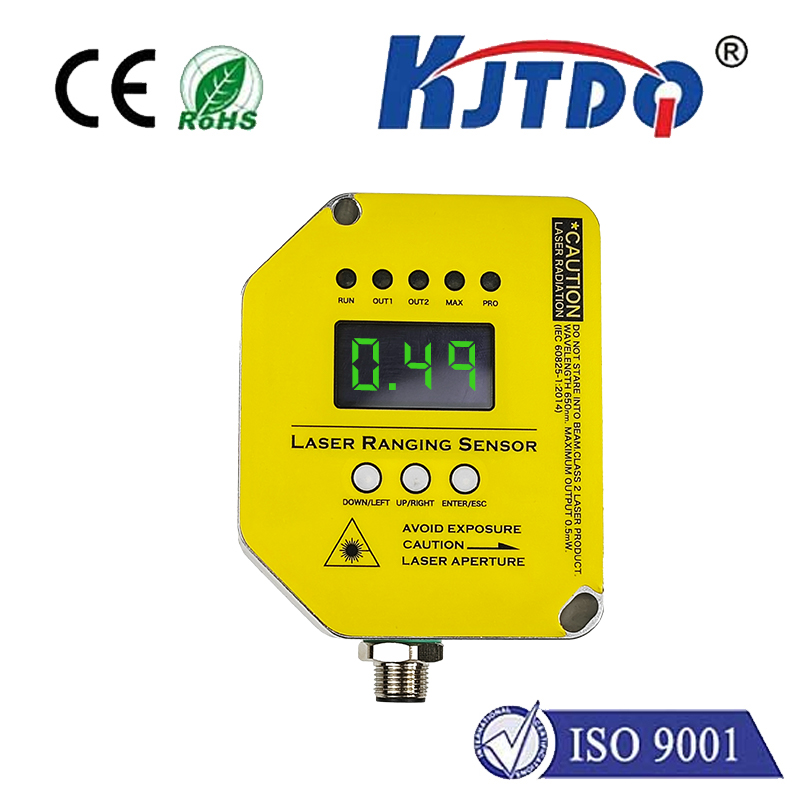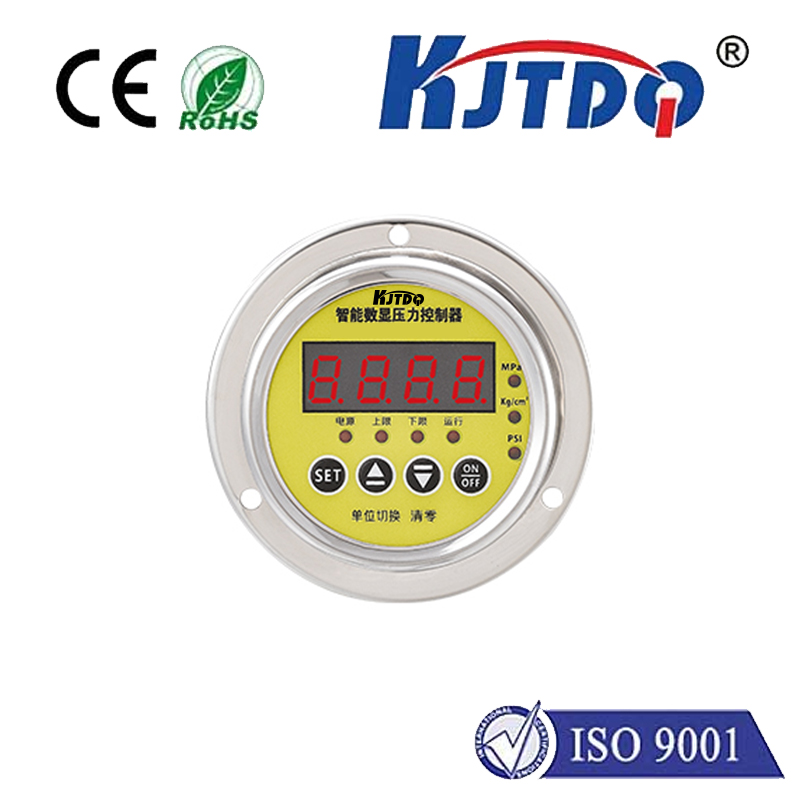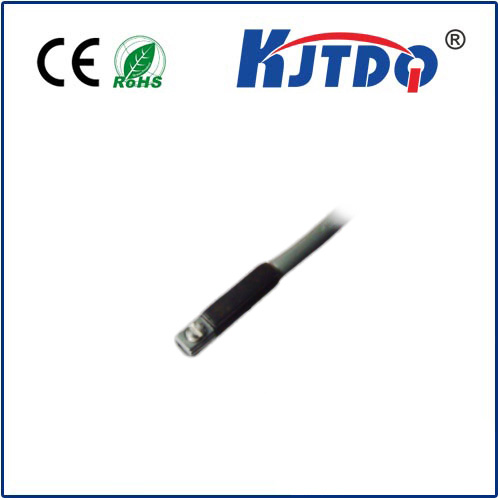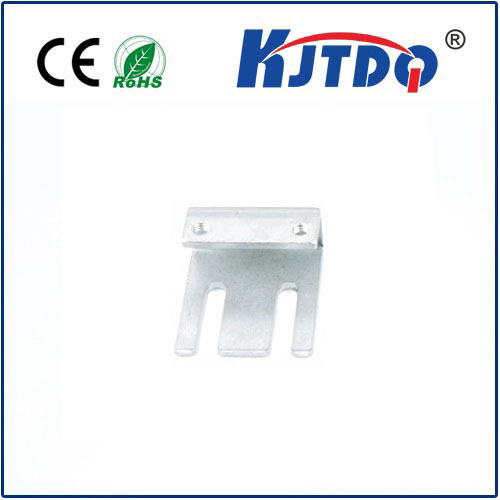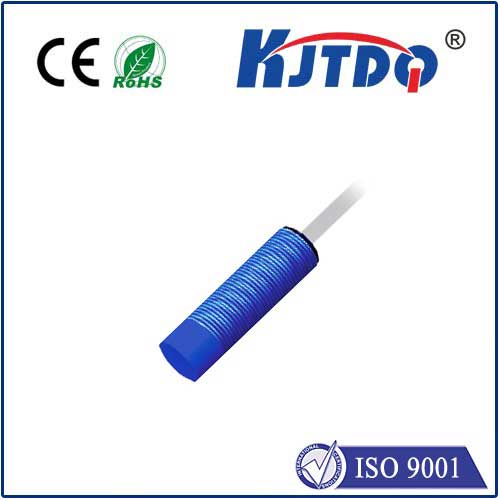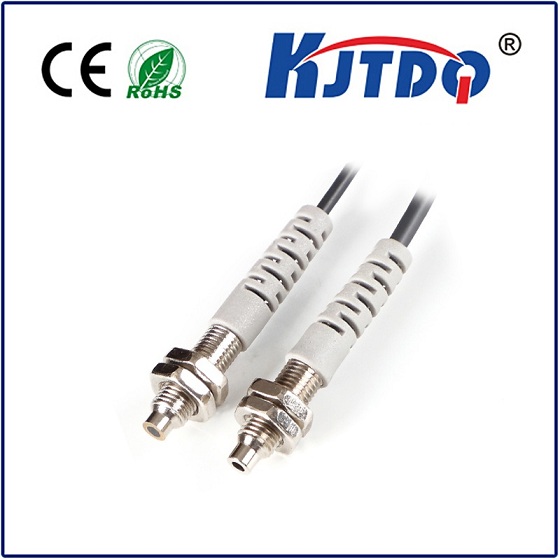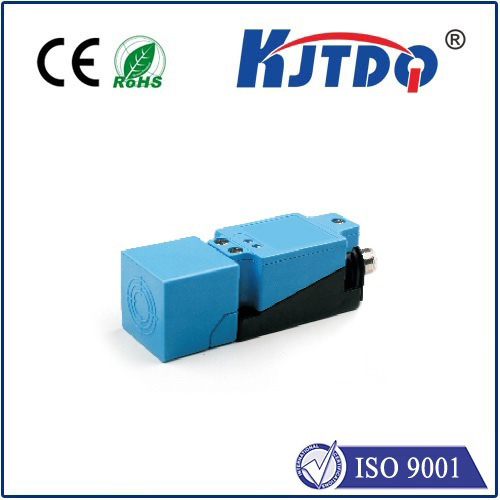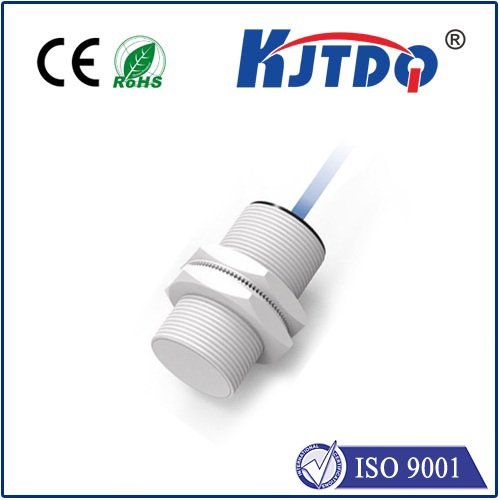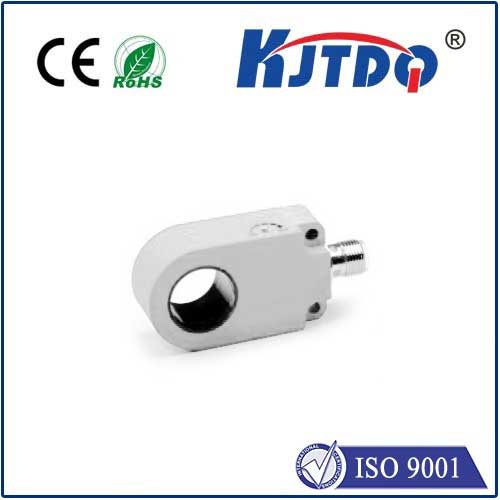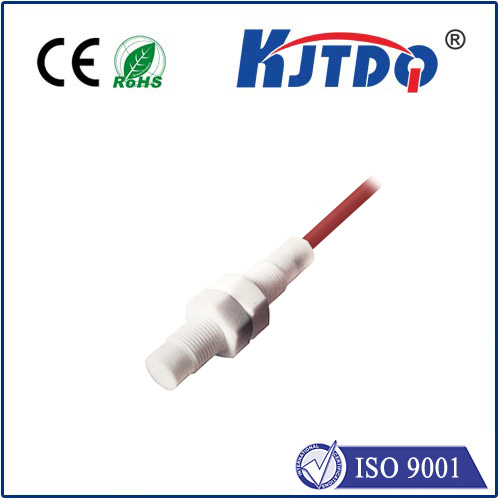
check

check

check

check

Title: Unlock the Power of Control with Electric Limit Switches Introduction In an age where automation and precision are key to efficient performance, the electric limit switch stands as a silent guardian of control within various mechanical systems. Often found in industries ranging from manufacturing to transportation, this unassuming component ensures machinery operates within safe and desired parameters. Let’s delve into the world of electric limit switches and discover how they serve as an essential tool for control and safety. Understanding Electric Limit Switches Electric limit switches, also known as limit switches or limiters, are electromechanical devices designed to detect the presence of an object or the position of a machine part. Acting as an on-off control mechanism, they signal when an object has reached a predetermined position to initiate or cease a process. These switches consist of a moving arm that physically contacts a stationary contact, completing an electrical circuit, which in turn, controls the flow of electricity to the connected machinery. Working Mechanism At the core of an electric limit switch is a simple yet effective mechanism. It typically involves a contact arm—often adjustable—that makes or breaks the electrical contact based on the position of a moving part. When the machine reaches its limit, set by the switch, it activates the contact arm. This action can either cut off power, reversing the direction of motion, or trigger an alert for maintenance checks. The adjustability of these switches allows for precise control, accommodating various operational requirements without extensive reconfigurations. Applications Across Industries The versatility of electric limit switches sees them integrated into a myriad of industrial applications. In conveyor systems, they regulate the movement of goods, ensuring they are transported to designated areas without mishap. Within elevators, they manage car travel, stopping at exact floor levels. Furthermore, they find use in packaging machinery to control the sealing process, in printing presses to govern the movement and registration, and even in recreational facilities like amusement parks to ensure ride safety. Advantages and Benefits One of the primary advantages of electric limit switches is their reliability. With minimal moving parts, they are less prone to mechanical failure. Their ability to operate in harsh environmental conditions further underscores their robustness. Moreover, they offer enhanced safety measures by preventing machines from operating outside their intended limits, thus protecting both equipment and personnel from potential hazards. In terms of efficiency, they help streamline processes, minimize downtime, and reduce maintenance costs associated with unchecked machine operations. Conclusion Electric limit switches might be small in stature, but their impact on industrial operations is immeasurable. They embody the principles of precision, control, and safety, making them indispensable components in modern machinery. As technology advances and industrial demands grow more complex, the role of electric limit switches is set to become even more crucial. Embracing their capabilities not only optimizes performance but also paves the way for a future where efficiency meets safety hand in hand. So next time you come across this unassuming switch, remember the mighty force it harnesses behind the scenes to keep our world running smoothly.
